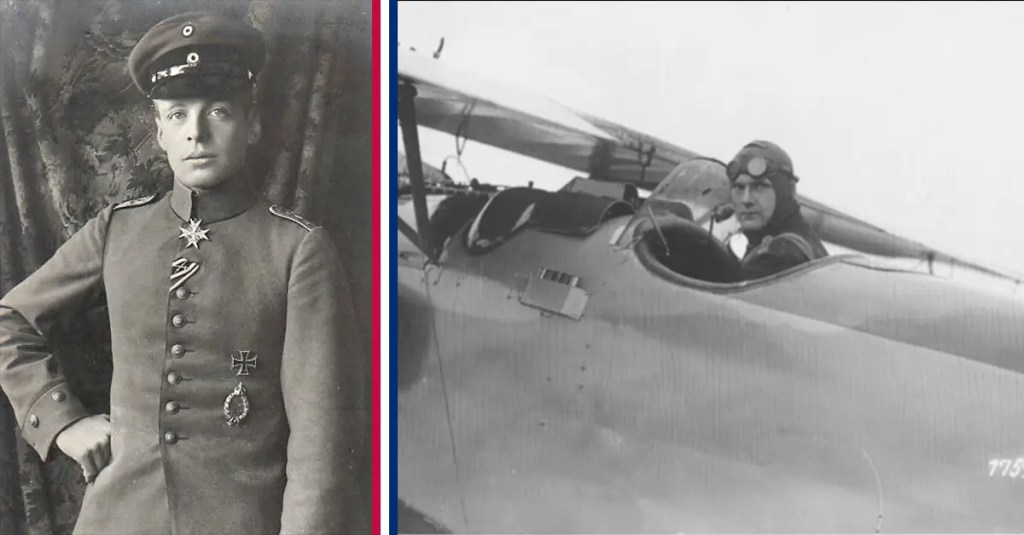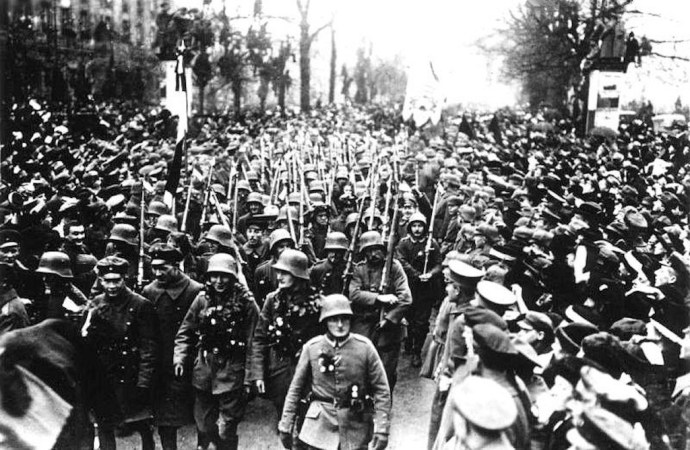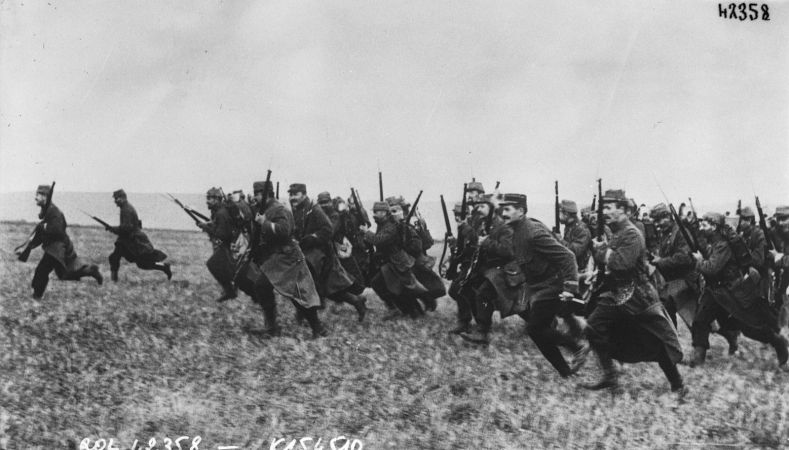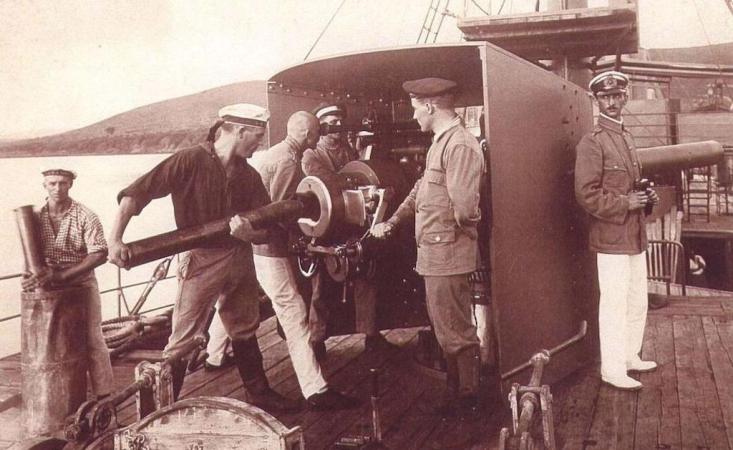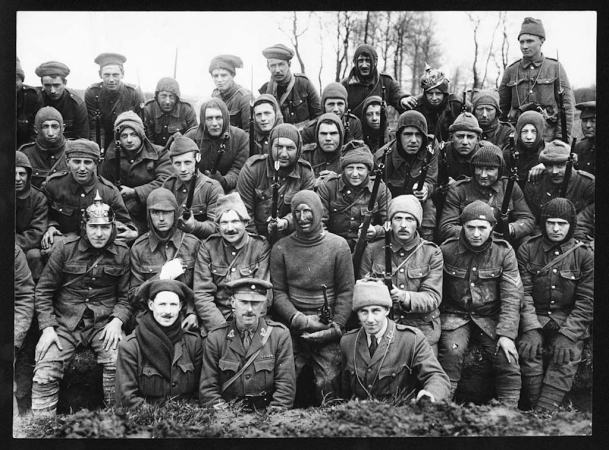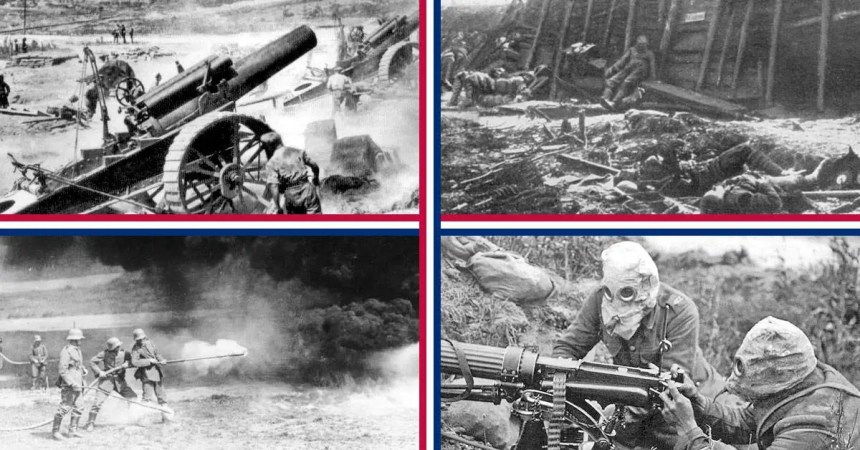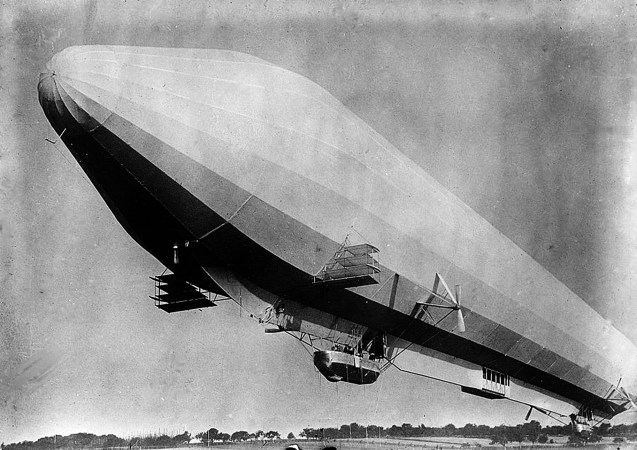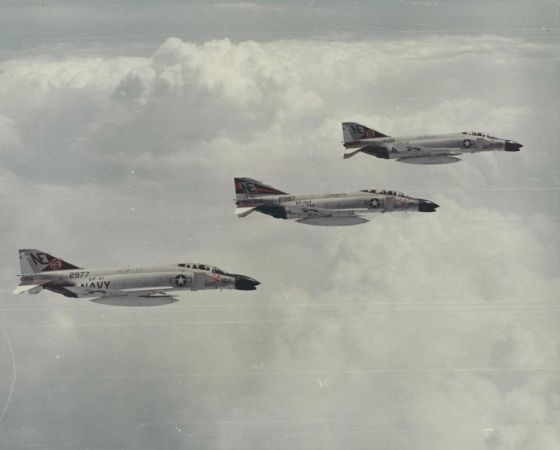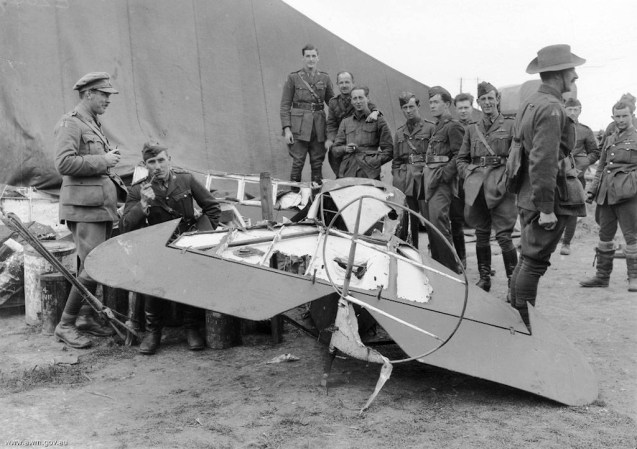Before the Red Baron Manfred von Richthofen was Germany’s air power hero, it was Oscar Boelcke, a German air ace and the mentor to von Richthofen and the “Flying Circus.” Boelcke was one of Germany’s first fighter aces and, when he took command of a group of fighters, he did all that he could to pass on the knowledge that would keep the men alive during World War I. He came up with eight rules for rookie combat pilots that would stand for decades, and most still apply today. There were multiple versions of the rules, all with variations in wording. But they all carried the same eight sentiments.
These were the 8 rules for rookie combat pilots in World War I:

1. Try to secure advantages before attacking. If possible, keep the sun behind you.
This is one of the rules that has shifted over time, but target acquisition in World War I was done almost exclusively through combat pilots simply scanning the skies. For that reason, Boelcke recommended the pilot keep the sun at their backs when heading into enemy territory or when deciding on an angle of attack against an unwary enemy pilot.
This would blind the adversary to the threat until the German pilot was already letting loose with his first machine gun burst. Nowadays, it does work a little different since targets are generally acquired via radar and other sensors. Still, Boelcke would certainly recommend hiding the approach and only engaging with the advantage.
2. Always carry through an attack when you have started it.
This one was far from hard and fast, but it was aimed at a particular shortcoming of young pilots. While Boelcke would allow for the occasional need to bug out (more on that in a later rule), he worried for new pilots who would see an enemy and attack, but then would turn and run after the first burst. That allowed the enemy to get a good bead on the fleeing German and shoot them down.
Instead, he recommended, only engage if you’re certain you can succeed and then stick with the fight unless you lose all advantage and have no other options left to fight. In more modern terms, “Finish the fight.”

3. Fire only at close range, and only when your opponent is properly in your sights.
This was another rule squarely aimed at a common mistake by rookie combat pilots. Overeager pilots would fire from hundreds of yards away, giving away their position with little chance of a hit. (Aerial marksmanship is famously difficult as, even in World War I, the shooter and the target are moving in different directions at dozens or even hundreds of miles an hour.)
Boelcke insisted that pilots wait until 100 meters or so, about 110 yards, before firing if at all possible. This helped in two ways. First, the attack pilot would only give away their position when there was a chance of success. But two, it hedged against the common problem of aviation guns jamming. So withholding fire until it was most likely to kill the enemy reduced the chances of a jam on a mission because the pilot fired less overall.
4. Always keep your eye on your opponent, and never let yourself be deceived by ruses.
This one may feel obvious: Always keep your eye on your enemy. But American pilots, following their British counterparts, had learned to fake their deaths in the air by seemingly going into an irrecoverable spin during combat when they needed to bug out.
Boelcke wanted to make sure his pilots were ready for this and other tricks, and so he recommended that they always watch their enemy, even if the foe seemed dead or doomed.

5. In any form of attack it is essential to assail your enemy from behind.
Again, rookie combat pilots would do stupid stuff, like attack an enemy flying from one side to the other, or coming head-on, both attack angles that were extremely challenging for even a veteran pilot to accomplish. So Boelcke directed his younger pilots to always focus on getting behind their enemy and attacking from there. There was one exception featured in the next rule.
6. If your opponent dives on you, do not try to evade his onslaught, but fly to meet it.
Yup, no need to try to navigate to the enemy’s rear if they’ve already gotten the jump on you. Instead, treat it like an “ambush near” on the ground and immediately turn to face the threat and shoot at it. Then, if at all possible, get to the enemy’s rear.
Rookie combat pilots had often made the mistake of running from their enemy instead. If they weren’t close to enemy lines, this resulted in them shedding altitude and pointing away from their attacker, allowing the attacker a series of free and easy shots at the fleeing pilot.

7. When over the enemy’s lines never forget your own line of retreat.
This is the exception to a number of the rules above. Yes, you should always try to finish the fight against an enemy, whether you initiated the fight or were responding after they attacked you. But, you should always know which way to go if you have to run. If the guns jam, if the engine fails, if you’re hit with a potentially mortal wound, you have to know which way help is.
8. Attack on principle in groups of four or six. When the fight breaks up into a series of single combats, take care that several do not go for the same opponent.
This one was aimed at younger squadron leaders. Basically, try to fly in groups whenever possible so that pilots can support each other. But, when fighting one group against another, be sure that you have each enemy plane on the run. If you’re matched man-to-man, but two of your pilots accidentally go after the same target, then there’s an enemy plane free to go after one German after another.
Instead, the combat pilots should be aware of where each other are, and they should coordinate their attacks as best as possible to keep the enemy on their back foot.
Boelcke would employ these rules and his own skills to achieve 40 aerial victories, rising to the position of the top fighter pilot in the world. But he died in a crash on Oct. 28, 1916. One of his students would, eventually, greatly surpass Boelcke’s number of aerial victories. The “Red Baron” would achieve 80 victories before dying in aerial combat on April 21, 1918, while chasing an enemy pilot over hostile lines.


